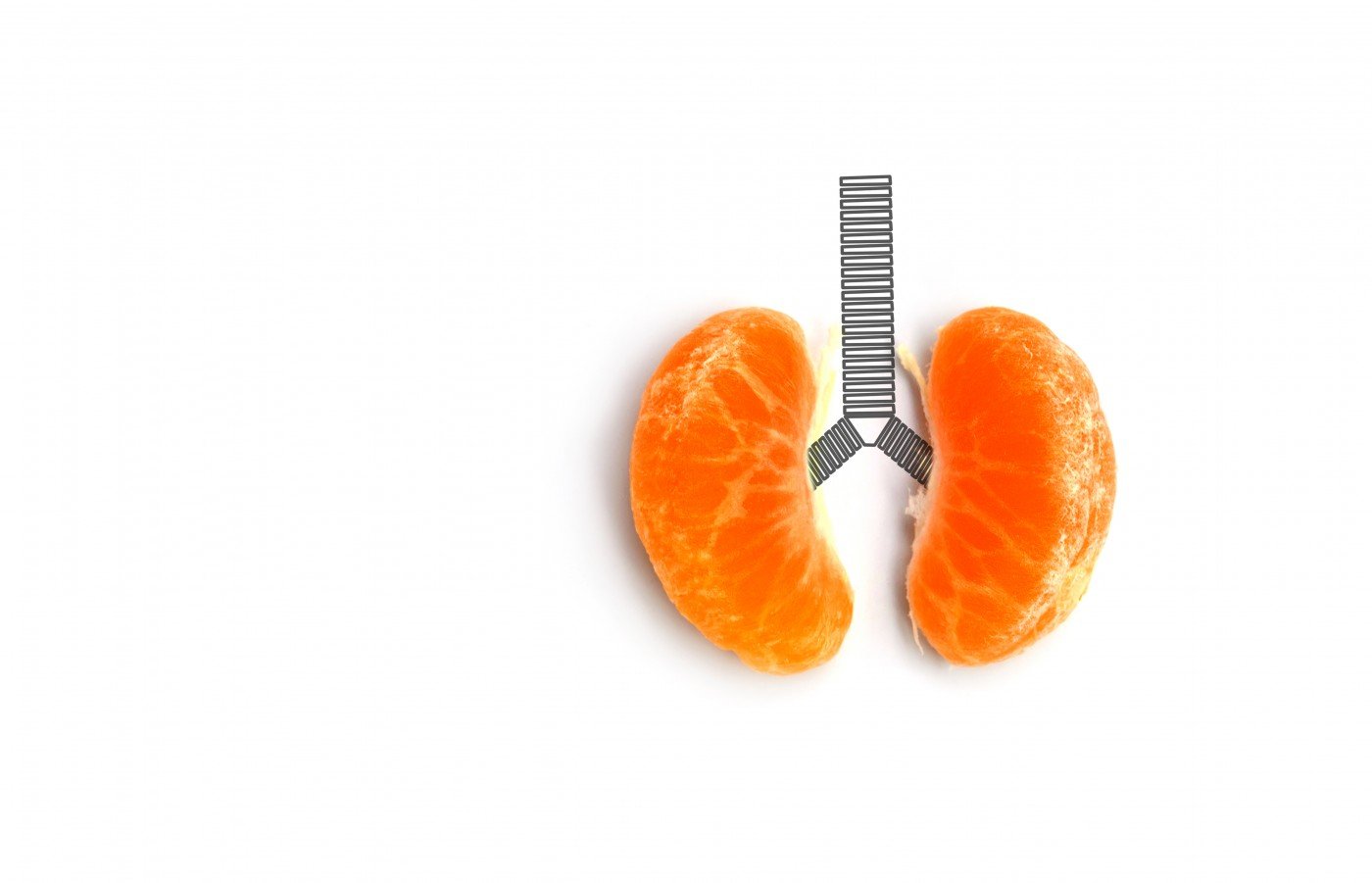Spyryx to Present Two Studies on SPX-101’s Ability to Treat Cystic Fibrosis by Clearing Airway Mucus
Written by |

Spyryx Biosciences will present two studies in Washington this week on SPX-101‘s ability to treat cystic fibrosis by clearing mucus from airways.
One of the preclinical-trial studies it will discuss at the American Thoracic Society‘s annual convention showed that SPX-101 improved survival in several models of CF-like lung diseases. The event runs from May 19-24.
SPX-101 mimics a protein called SPLUNC-1, which plays an important role in keeping airways moist and clearing mucus from them. Cystic fibrosis leads to less production of SPLUNC-1. The result is an accumulation of mucus that fuels bacterial lung infections.
By mimicking SPLUNC1, SPX-101 restores the body’s ability to clear mucus from airways and facilitates the removal of bacteria and foreign particles from the lungs.
The drug’s mechanism of action is independent of the genetic mutations that cause cystic fibrosis, which is why SPX-101 is considered a potential disease-modifying therapy for all CF patients.
One of the studies that Spyryx will discuss focused on SPX-101’s safety and tolerability. It is titled “Safety and Pharmacokinetics of SPX-101 in Healthy Human Subjects.”
Researchers gave 32 healthy, non-smoking participants one of four doses of SPX-101 or a placebo. The participants, who ranged from 18 to 50 years old, had no history of respiratory disease and no respiratory infection within 14 days of the start of treatment. They also had normal lung function, as measured by an FEV1 test, or the amount of air they could forcefully exhale in one second.
Participants received either 20, 60, 120 or 240 mg of SPX-101, or a placebo. An eFlow nebulizer delivered the doses as an inhalant.
SPX-101 was safe and well-tolerated, the study found. There were no serious adverse events. The rate of adverse events that did occur decreased with the dose. About 67 percent of the 20-mg group had an adverse event, versus about 17 percent of the 240-mg group.
There were also no significant changes in participants’ FEV1 scores, which could have been expected since all were healthy.
Researchers concluded that SPX-101 was safe when administered with an eFlow nebulizer and that the drug’s pharmacokinetics — or the way it acted in the body — posed no risk.
The other study that Spyryx will present in Washington demonstrated that SPX-101 re-established a molecular pathway that controls fluid levels on the surface of airways. The drug restored mucus clearance, improving survival in several models of CF-like lung disease, researchers said.
The study is titled “SPX-101 Is a Novel ENaC-Targeted Therapeutic for Cystic Fibrosis that Restores Mucus Transport.”
Together, the studies support the notion that SPX-101 could become a valuable therapy for treating CF.






